How Our Clay Comal Is Made
How Our Clay Comal Is Made
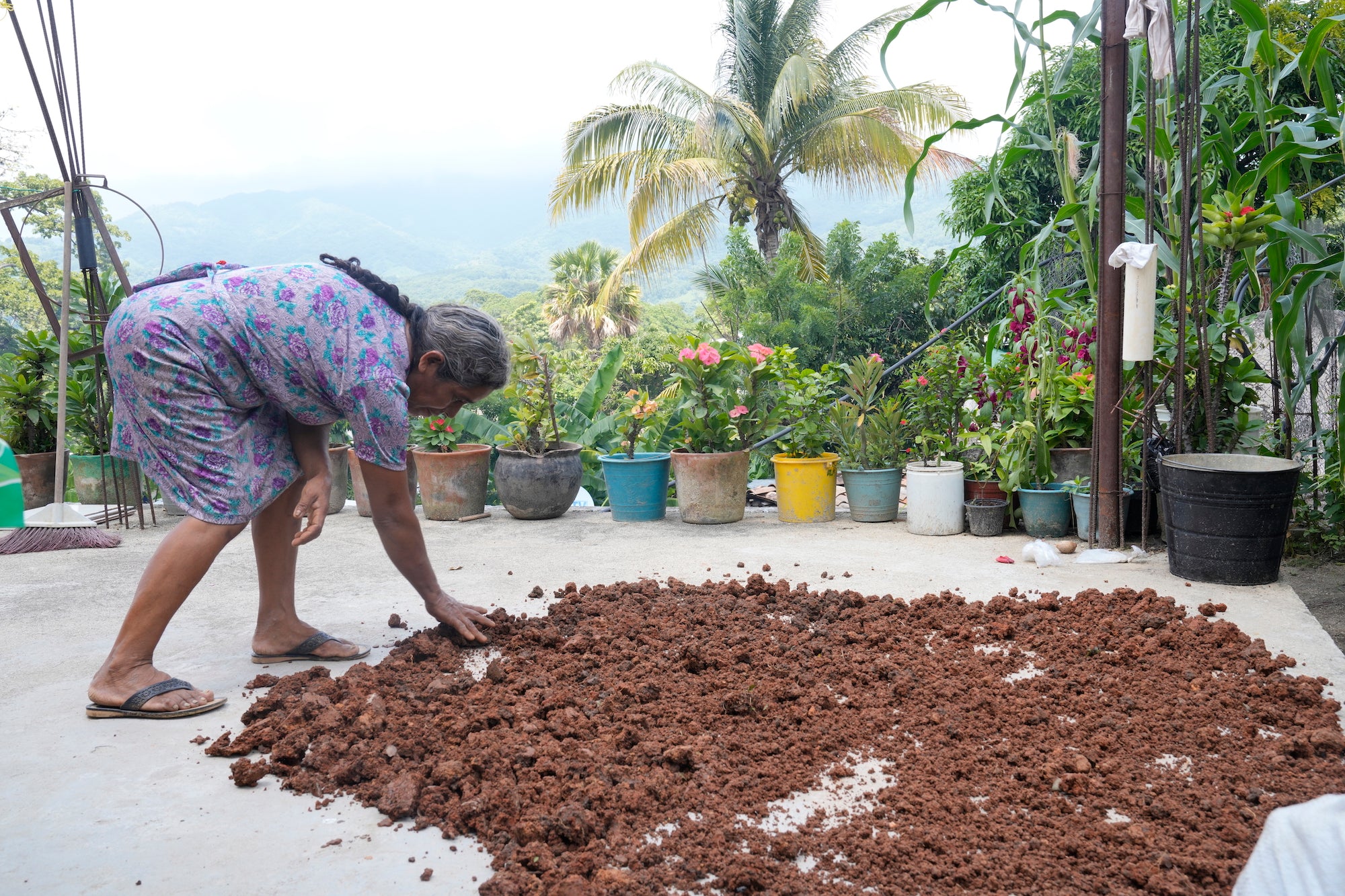
November 6, 2023
Doña Victoria, the resident clay artisan for the Chatino indigenous community of Tiltepec, utilizes a centuries-old process to craft traditional earthenware comals. She collects clay from the town’s surroundings. The clay is then soaked in water, made into a paste and packed into hand-made molds. After drying for two full days, she builds a fire over which she cooks each comal. The comales are then individually covered in ash to insulate them from the direct heat and then left to cook for two hours. At the end of the three-day process, they’ve transformed into finished red clay comals.
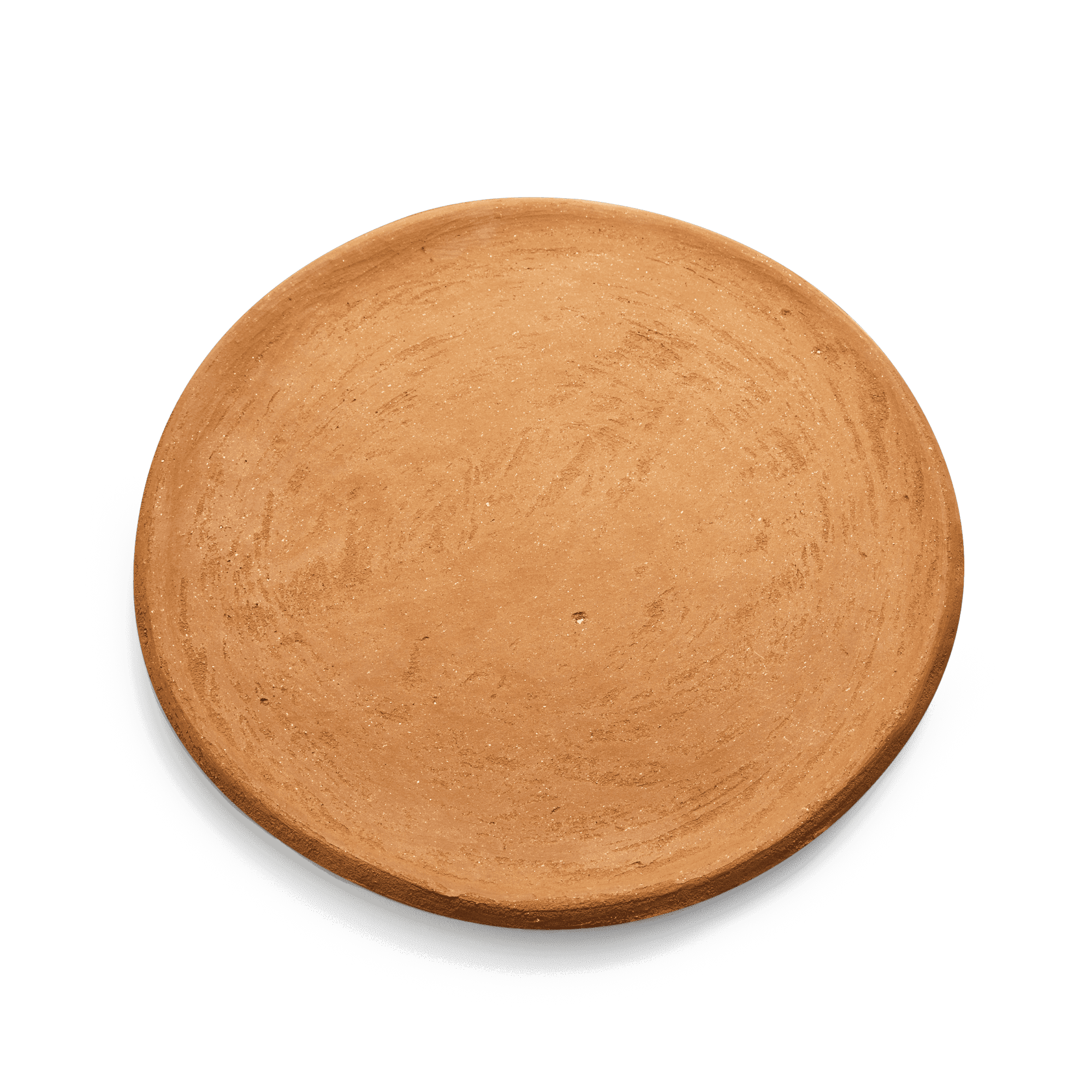
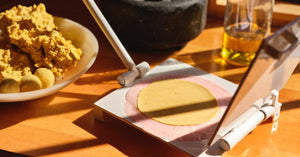
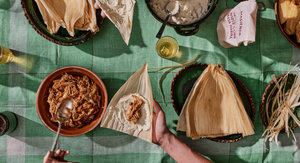
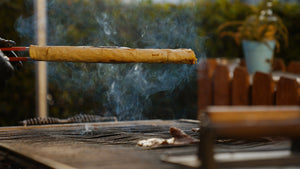
All Comments
Hi Maria! We’re so happy you find our comal beautiful! Before using it for the first time, it’s important to season it. To do this, combine one part cal with four parts water and brush the solution evenly across the entire surface of the comal. This process fills the porous surface and helps prevent food from sticking. Allow it to air dry completely, and then brush off any loose cal before heating. These comales work best over open flames or gas ranges and aren’t recommended for electric stoves. Let us know if you have any other questions!
Hi, I have the Comal! it’s beautiful, so well made, I can’t wait to use it. Do I need to season it before use?
Hi Steve! The bottom of the Comal de Barro is flat with curved ridges along the edge of the surface. Due to the handmade nature of the ceramics, each piece may have slight variations in appearance. These comales are best suited for use over an open fire or gas range and are not recommended for electric stoves, as the heat distribution may not be ideal for the ceramic material.
Is the bottom of the Comal de Barro flat or curved? Can it be used on a glass stove top?